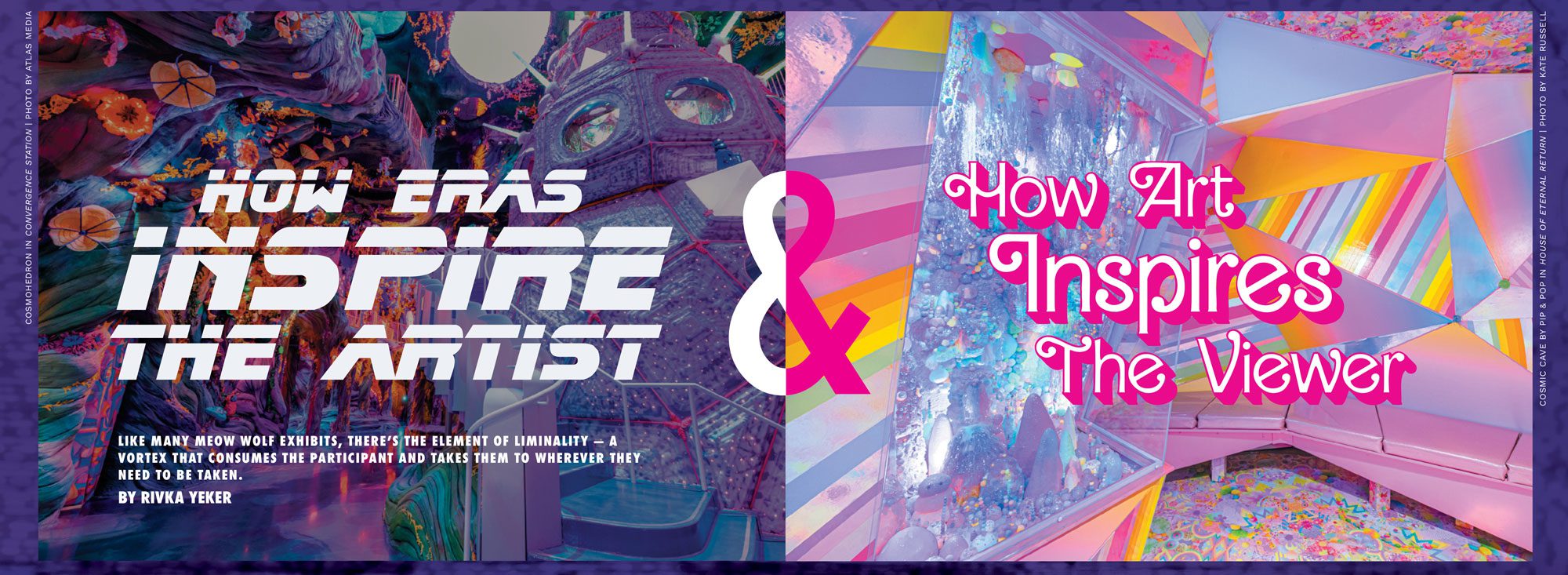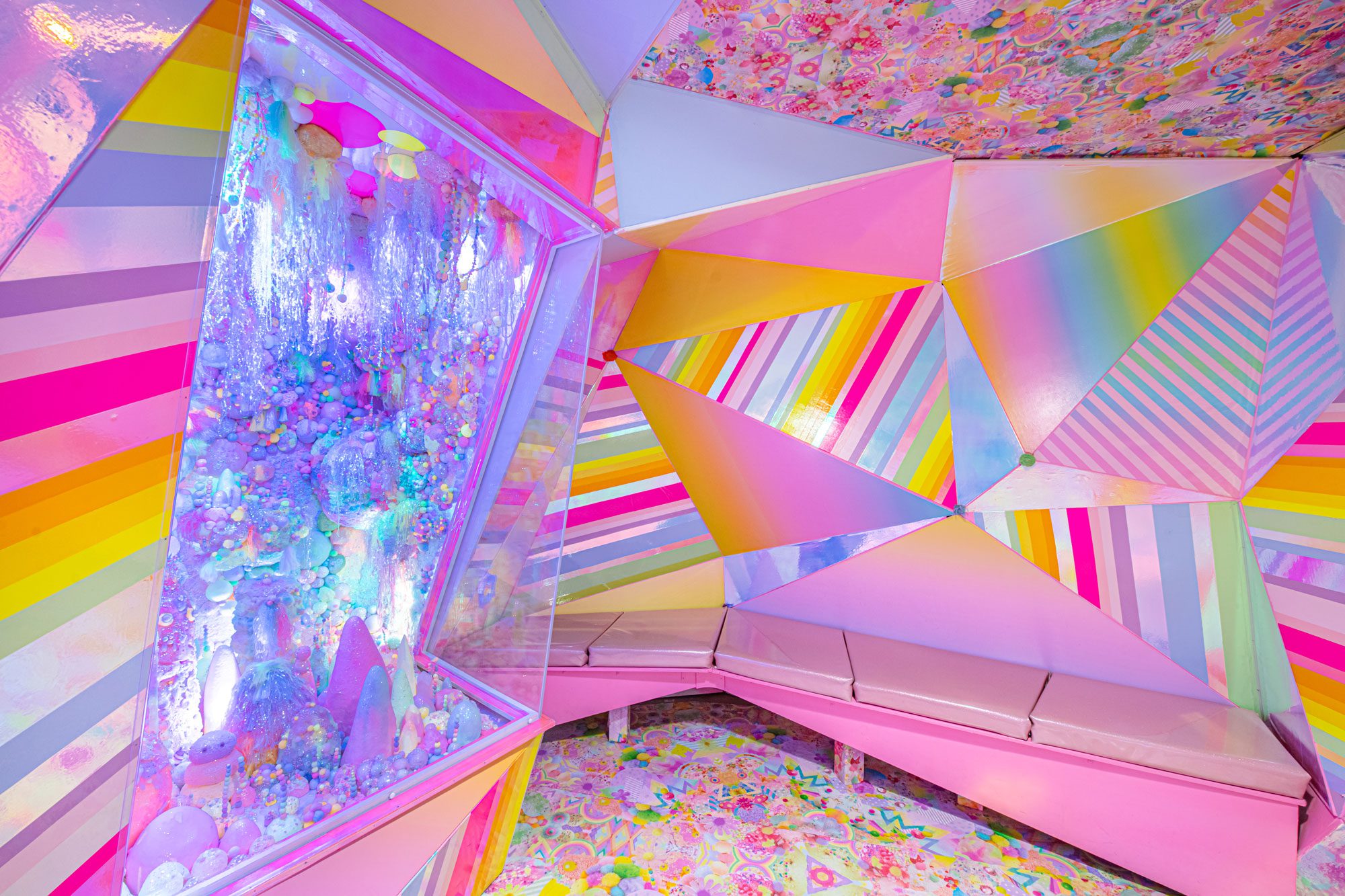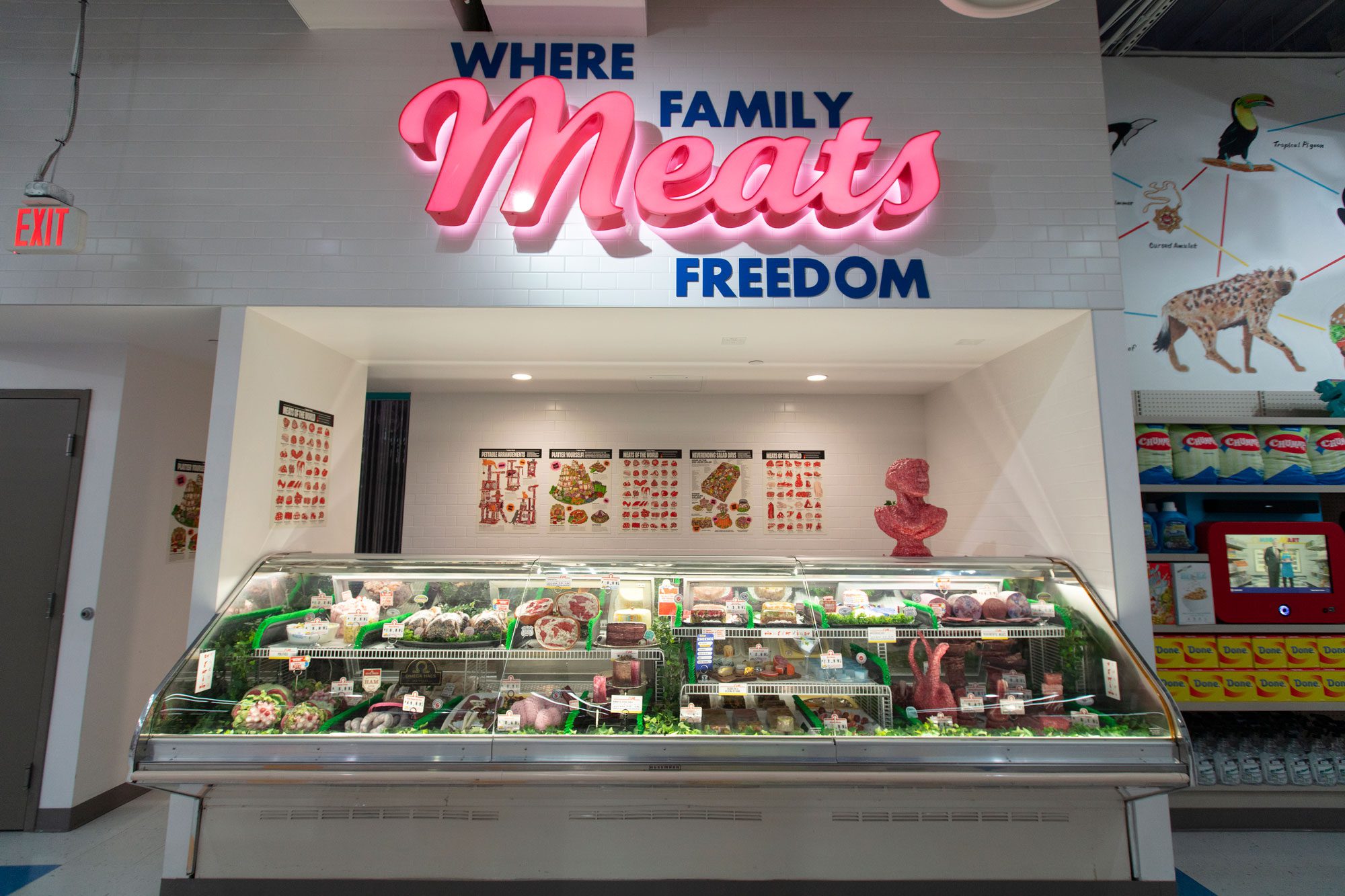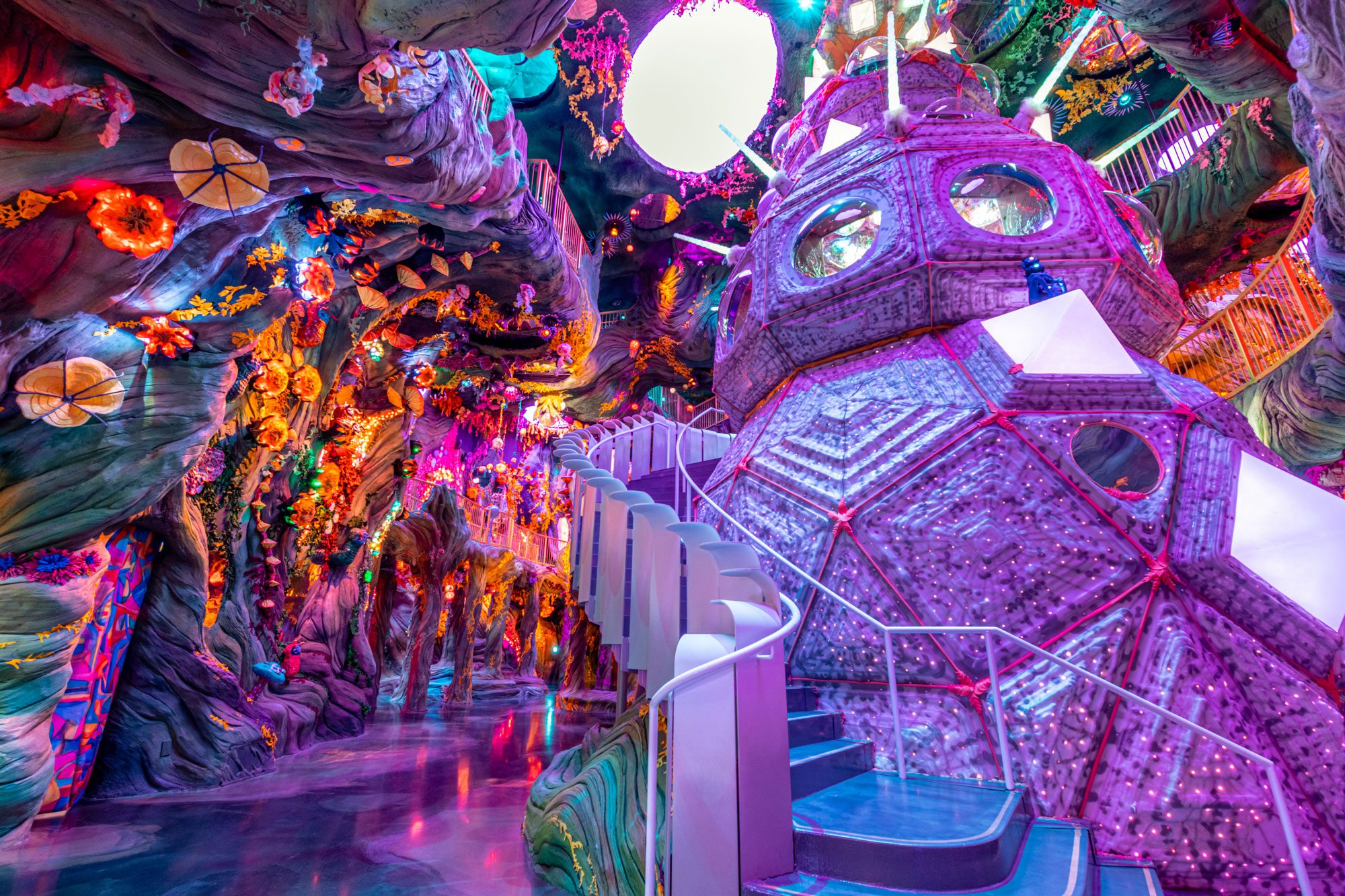
Published in Issue 126, June 2024
There is something so sweet and tingly about nostalgia as a feeling, as a daydream, as a “Private Session” on Spotify. I’m sure we’ve all heard it before, but there’s the idea that music becomes a lot harder to latch onto as we get older, unlike the stuff we listened to as preteens and teenagers. That music is what makes our hearts warm and our minds at ease — even if it was some cheesy nü metal record, an emo serenade, or a hit pop single that showed up on every radio station.
This feeling is part of why we keep coming back to what’s comfortable — both as individuals and as a society. We complain there are too many sequels and remakes, yet for so many, we’re afraid to watch anything outside of what we’re used to. A lot of us stick to reruns or watching whatever we know will please us — a desire to cling onto what feels familiar is part of the human psyche. Yet, when we do decide to take the plunge and experience new media, we find ourselves connecting dots. If we have any sort of reference points ourselves, we might comment and say, “This reminds me of a Judy Chicago piece I saw at a gallery once” or “This takes me back to when I saw Star Wars in theaters” — we intrinsically look for ways to feel related to what we see; it’s part of why nostalgia is so enticing and such a popular tool for artists and creators of all kind.

The market of nostalgia means many different things, sometimes at once — it’s the perfect cash cow for reunion tours, film remakes, fashion, etc. — and it also makes for compelling art. The film Barbie (2023) made $1.446 billion in the box office because of many reasons, including all the pink, a summer release, the Barbieheimer spectacle, impeccable marketing — all catering to a huge audience — but mostly because it relied on the nostalgia of Barbie itself. In my opinion, the film wasn’t exceptional, but its marketing felt everlasting; it was impossible to escape it. As soon as the campaign began, Barbie trends re-emerged. There was a new TV show called Barbie Dreamhouse Challenge on HGTV, major brand collaborations with companies like Gap, Crocs and Forever 21, and #Barbiecore became a trending topic on TikTok, which somehow resurged the popularity of Aéropostale, a company that went bankrupt in 2016. If you’re interested in the deep dive, check out TIME’s article, The Long, Complicated, and Very Pink History of Barbiecore. Barbie is only a recent example of the nostalgia market, one that specifically chose a very popular reference point to build upon, but it recreated a moment that triggered something in all of our memory banks, whether it was good, bad or complicated.

When it comes to Meow Wolf, immersive exhibitions like Omega Mart scream a sort of nostalgia that feels very 90s/early 00s. There’s bright lights, grocery stores, childhood snacks, the desire to touch everything, products that probably have wacky commercials. Like many Meow Wolf exhibits, there’s the element of liminality — a vortex that consumes the participant and takes them to wherever they need to be taken. In many ways, nostalgia resembles this experience in its invitation to yearn for the past. Stepping into this portal allows for the full immersion of reminiscing. It’s clear that the artists behind this are referencing something, that they’re interested in evoking that kind of emotion — an unlocking of a door that had been stuck for too long. The artists know who/what they’re paying homage to, there’s a shared love for this particular era, trend, artist and/or moment. They are inviting you to play with the world they’ve created as your younger self.

Since much of Meow Wolf’s world-building is rooted in science fiction, the genre itself is a great example of looking toward the future while respecting its past. There is an inherent appreciation for what previous writers, thinkers, artists, etc. had to say about extraterrestrial life, artificial intelligence, multiverses, quantum physics, whichever area of science fiction is most exciting to you. I think of films like Blade Runner (1982) — originally Philip K. Dick’s novel, Do Androids Dream of Electric Sheep? (1968) — which had a film sequel 35 years later in 2017. The sequel is set in a different future, but keeps certain integrities out of respect for the world that’s already been brought into the media landscape. The energy is different, but the long-winded, droney, gloomy visuals and ambiance remain intact. Obviously, there are characters who remain the same and there is an edginess to it that resembles the ‘82 classic, which makes previous fans of Blade Runner nostalgic for Ridley Scott’s vision.
The film creates its own entryway where viewers remember exactly when and where they watched the other film for the first time. There are critics, of course. Perhaps the film didn’t quite align with their nostalgic vision, perhaps Denis Villeneuve didn’t quite capture the neo-noir they were patiently waiting for. That’s the risk of adopting someone else’s work into your own piece of art. Intellectual property aside, they are simply two separate entities and one is born directly from the creation of the other.
The influence of eras, trends, styles and genres puts the artist’s own nostalgia and appreciation into their piece, while providing the audience with personal memory portals. In a world where everything is somehow tied to its monetary value, there is another world inside of it where people get to witness a piece of art and be taken directly to a beloved (or hated) moment in their personal time capsule.
Spot nostalgia inspired work & more in Meow Wolf’s Convergence Station in Denver, CO; House of Eternal Return in Santa Fe, NM; Omega Mart in Las Vegas, NV; & The Real Unreal in Grapevine, TX.
Keep your eyes peeled for two new Meow Wolf Portals coming soon to Houston, TX and Los Angeles, CA!
This feature was produced in partnership with Meow Wolf.
Rivka Yeker is a writer, event producer & Libra based in Chicago. They are the co-founder Hooligan Magazine & Hooligan Creative. They use they/them pronouns and pronounce their name like REEv-ka. See more of their work on their site and Instagram.
Check out Rivka’s last Birdy install, Walkabout Mini Golf by Meow Wolf x Might Coconut, or head to our Explore section to see more of Meow Wolf’s past published pieces.

Pingback: Dioramas & Dynamic Memories with Meow Wolf Artist Mister Christmas by Amanda Shafer - BIRDY MAGAZINE
Pingback: Meow Wolf's Cosmic Howl: Alternate Dimensions & Exquisite Corpse by Rivka Yeker - BIRDY MAGAZINE